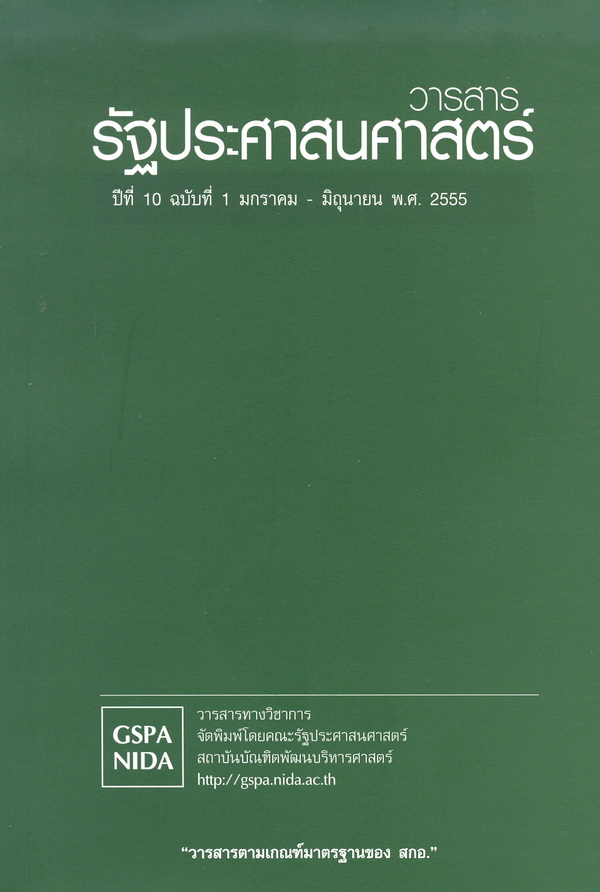Explaining the Growth and Distributional and Fiscal Effects of Public Education, Health, and Welfare Spending in Thailand
Keywords:
public spending on education, health, welfare, social policy, ThailandAbstract
Social spending in Thailand is allocated in response to several demand and supply factors. Globalization and inequality tend to compel governments, both elected and non-elected, to increase generous education, health, and welfare programs for social sectors that fall behind. An increase in revenue from direct taxes and the previous year’s spending level also has had a positive effect on the current rate of public spending on education, health, and welfare in Thailand. Despite the increase in the shares of education, health, and welfare spending and the recent introduction of new social programs in Thailand, with the stated objective of increasing access of the poor to education, health, and welfare services, including an expansion of basic education from 9 to 12 years, a student loan program, a universal health insurance scheme, and the expansion of other welfare services, overall public spending on education, health, and welfare is not very well targeted. Public spending on basic education is primarily pro-poor, but disparities in access to education continue to exist at all levels of education. Although the resulting benefit incidence of public spending on health services is less pro-rich compared to the past, the majority of public health spending still favors the higher income classes. The social security scheme coverage is also limited to a small section of the Thai labor force. Moreover, the increase in social spending has also caused an increase in the defi cit and public debt in Thailand. These findings pose a challenge to policymakers, and the paper therefore explores their policy implications.



